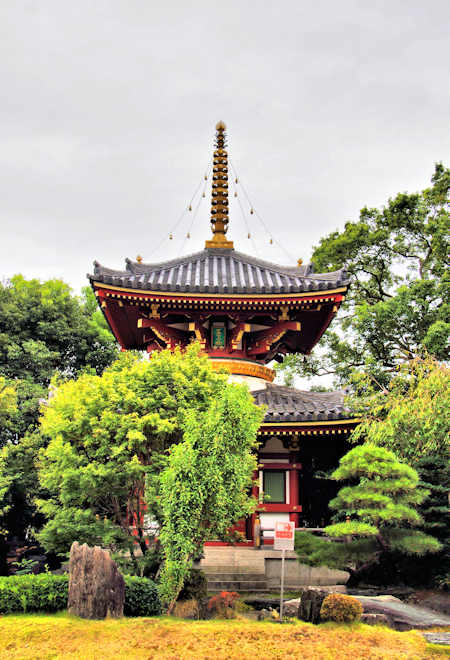Silver Hut is a copy of architect Toyo Ito's home that he built for himself in 1984 in Tokyo. It won the Architecture Institute of Japan Award in 1986. This copy was built in 2011 and is located on the island of Omoshima between Hiroshima and Shikoku.
According to Ito he got the idea for the building after watching a TV program showing astronauts sharing a meal together on the space station.
Photos ive seen of the original show it surrounded by trees and foliage and looks better as a living space than this new version which sits alone.
Silver Hut and the adjacent Steel Hut form the Toyo Ito Museum of Architecture. I will post on the Steel Hut later.
The building houses an archive of ito's drawings and plans and is used for workshops and other events.
























